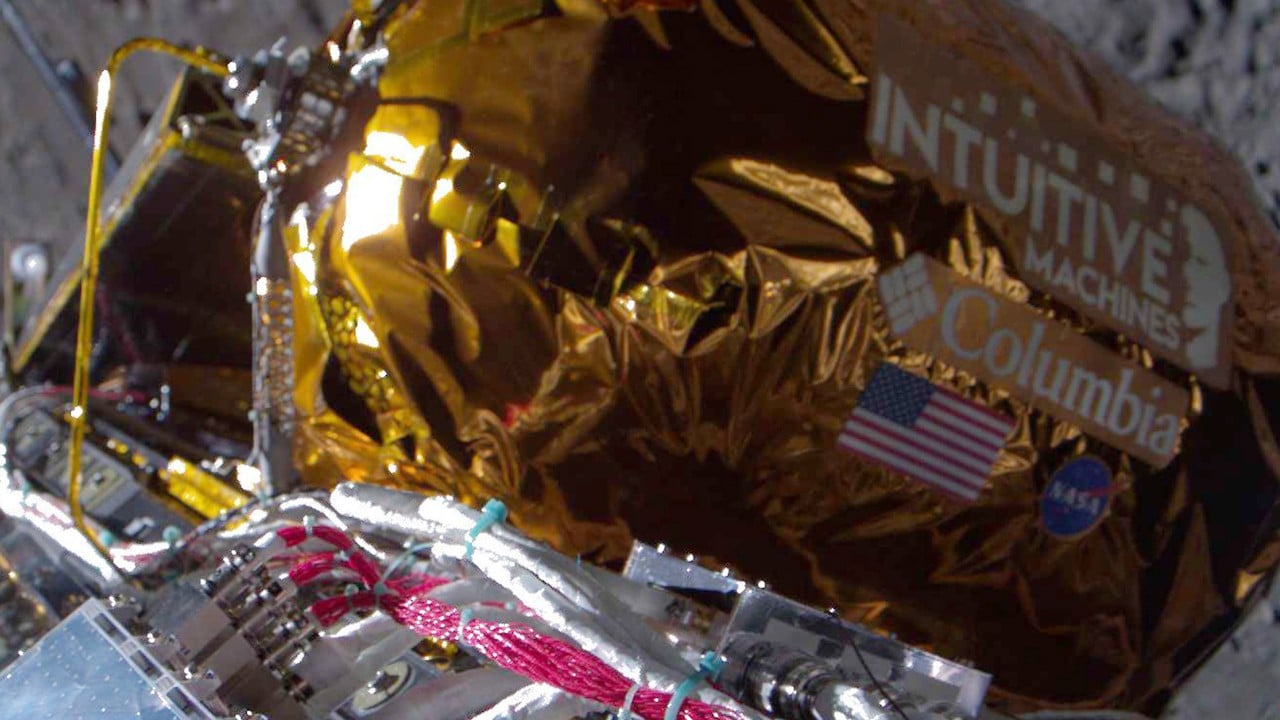
China’s ‘exemplary’ new lunar atlas is first moon surface update since Apollo-era programme
- Newly published comprehensive geological maps will point the way for China’s future lunar exploration
- High-definition data will help in landing zone site selection, resource exploration and lunar station planning
The Chinese Academy of Sciences (CAS) said the high-definition maps – published in Chinese and English – will provide up-to-date scientific references for future lunar research and exploration.
“Geology research of the moon is still built upon the lunar geologic atlas developed during the Apollo era. As moon research advances, the existing map can no longer meet the needs of future lunar scientific research and exploration,” the top national scientific institution said in a statement on Sunday.
2 major African space institutes join China-led moon project
The new map of Earth’s only natural satellite is provided at a 1:2.5 million scale, compared with the previous scale of 1:5 million, which offered less detail. As well as the geological history of the moon, the map provides information on its 14 types of structures and 17 types of rocks, with labels for 12,341 craters and 81 impact basins.

Co-lead researcher Ouyang Ziyuan, considered the “founding father” of China’s lunar programme, said the maps will also help researchers select a site for a planned lunar station.
“It can also help us better understand the Earth and other planets in the solar system, such as Mars,” he added.
Turkey applies for China-Russia space programme to build base on the moon
Ouyang started the lunar mapping project in 2012 along with fellow geologist Liu Jianzhong from the CAS Institute of Geochemistry in Guiyang.
China has sent multiple Chang’e mission orbiters, landers and rovers to the moon, collecting data that has contributed to building the map since the country launched its lunar exploration programme in 2004.
While the map is compiled mainly using data from Chinese lunar missions, the scientists also referenced previous data and research from outside China.

The researchers are from several CAS institutes, Jilin University, Shandong University, China University of Geosciences in Beijing and the Chinese Academy of Geological Sciences.
Liu told the official Science and Technology Daily that the map is an “exemplary” achievement in the field of lunar science.
“It provides information and scientific references for the formulation of scientific goals and implementation of the lunar exploration project.”
“It also represents China’s contribution to the study of the origin and evolution of the moon and the solar system,” he said.


